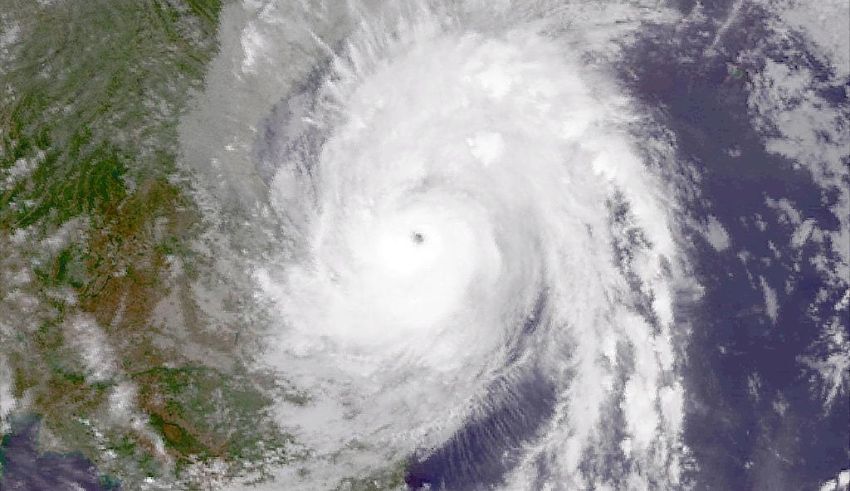
People in Taiwan woke up on Monday to persistent rainfall, floods and toppled trees as Typhoon Haikui made landfall and swept overnight across its central mountain ranges.
Although Haikui had initially appeared to move through the island and out to sea, it made a second landfall early Monday in southwestern Kaohsiung – before it weakened to a severe storm.
There have been no reports of deaths so far, but coastal Taitung in lesser-populated eastern Taiwan witnessed worrying levels of destruction.
Although Haikui is considered less severe than earlier disasters, Chen Hai-feng, a village chief in Taitung’s Donghe township, said he had never seen such wind gusts.
Massive Evacuations And Long-Lasting Power Cuts
Further north from Donghe, workers brought massive blocks to a highway that had partially collapsed due to waves slamming into it, hoping the structures would absorb the impact.
The first typhoon landfall in Taiwan in four years, Haikui compelled more than 7,000 people across the island to evacuate, particularly the ones in landslide-prone mountainous regions.
Scores of businesses were closed, with hundreds of flights cancelled. Over 217,000 households temporarily lost power, with 58,000 homes still running without electricity by Monday morning.
As torrential rain bucketed down, schools and businesses remained closed in more than a dozen cities. Haikui made a second landfall at around 4 am (local time).
Keep Reading
Nearly 80 Sustain Injuries During The Storm
During the night “the centre of the typhoon was almost circling” Kaohsiung, but as it moved along the coastline “the structure … is damaged by the terrain and gradually weakens,” a forecaster with Taiwan’s Central Weather Bureau said.
Local media reported the roads were flooded in the southwestern coastal city and uprooted trees were strewn across streets.
Authorities stress nearly 80 people sustained injuries during the typhoon – mostly due to car accidents and fallen trees – though most of the cases were considered minor.
Haikui’s ongoing movement is expected to bring rain and strong winds to the south and northeast as well as the country’s outlying islands of Kinmen and Penghu.




